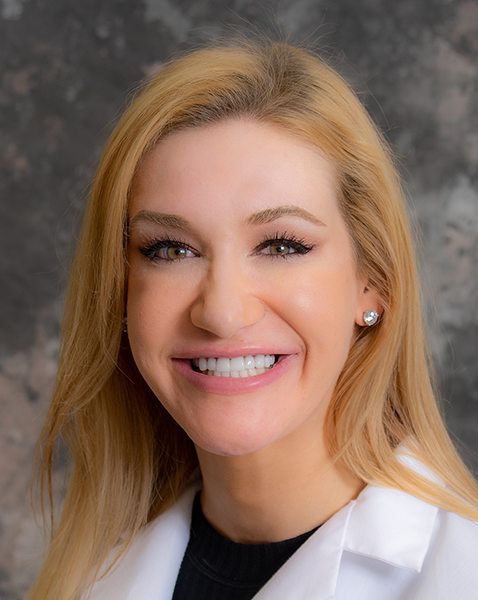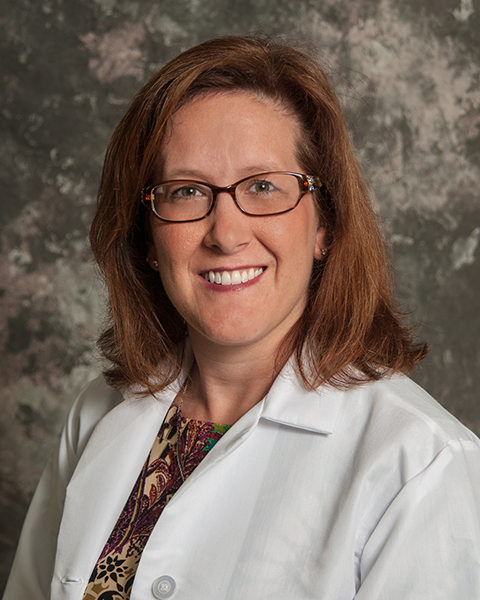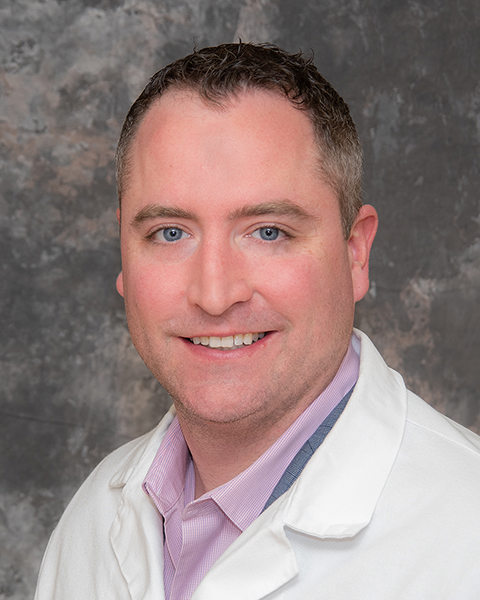Breast Cancer Step-by-Step, from Detecting It to Defeating It
Your next annual mammogram is scheduled, isn’t it? If not, please take this as your reminder.
It takes courage to keep yourself well, and your breast care professionals at Penn Highlands Healthcare recognize that this kind of commitment may come with some questions. That’s why for readers who wonder more about the breast cancer journey following diagnosis, this week our breast health experts take us step-by-step through a patient’s experience.
Dr. Suzanne Iorfido, Breast Radiologist: “Detection to Diagnosis”
Diagnosis is typically discovered after a routine screening mammogram, or when the patient or doctor has discovered something different in the breast, like a lump or discharge. When we suspect something abnormal may be happening, we typically do an ultrasound as well as the mammogram. Both are quite complimentary to each other. A few of our Penn Highlands facilities now offer 3D imaging which has its advantages, but 2D imaging is also shown to be extremely effective. The overall message is to just get a mammogram annually.
If something is found, naturally the question becomes, “How suspicious is it?” So next we turn to the biopsy, which is a minimally invasive needle biopsy performed here in the radiology suite or office setting, not in the OR. We use just a local numbing medication, and I try to be very generous with that so the patient is as comfortable as possible. It’s a quick procedure, and the vast majority of patients say it’s pain-free—just a little nick in the skin; it doesn’t even need stitches. I hear a lot of patient say, “Oh, that wasn’t as bad as I thought it was going to be.” Decades ago, patients had to undergo anesthesia, but we really don’t have to do that anymore.
The biopsy pathology results return within five days, but often as few as two or three. Usually after a diagnosis is made based on that biopsy, the patient goes on to have a series of consultations. First, they see a surgeon, whether that is a general surgeon or a breast surgeon, like Dr. Kelley Smith. We set all that up for them, even if they go outside Penn Highlands: making the appointment for the initial surgical consult and sending all their information to transfer care to the surgeon. Within Penn Highlands, the patient’s care changes hands, but they always have the same team and they stay within the same hands depending on the phase of the treatment.
Dr. Kelley Smith, Breast Surgeon: “The Surgical Plan for the Best Ultimate Outcome”
Once they come to us from a radiologist like Dr. Iorfido, we bring them into our office and we try to ensure that they have a loved one with them that day. We go through their family history and their personal history to know them and their background a little better. We spend time letting them know that breast cancer no longer means you’re in the operating room tomorrow. Instead, it might happen within 10 days to two weeks of diagnosis. That’s because we like to plan the surgery for the best ultimate outcome. Sometimes that planning will include getting other tests and waiting on the pathology. I often explain to our patients that you’re in a battle, so you want to know as much as you can about your enemy to plan for the best surgery we can.
During that time, we work with the patient to consider her thoughts based on where she is in her life. Is she menopausal? Is she young and hoping to have children in the future? If a patient is still child-bearing age, we work through that whole process to decide what is the best approach for her surgically to match treatment and expectations after surgery, but ultimately that choice lies with the oncology team, often at Penn Highlands Hahne Cancer Center.
When they’re presented with their options, some patients make a decision right away, and some need time to think and come back. It’s normal for us to meet one or two times before surgery so they can make the decision that’s best for them, and then we lay out their surgical plan. We work as a group here, sometimes getting them over to our cancer doctors before surgery, or sometimes after.
We also meet them after surgery to go over the pathology of what was removed in the Operating Room. I continue to see them in the office for as long as they want to see us, but I encourage check-ups for five years.
For patients who are wanting plastic surgery, after I talk with them we refer them on to their plastic surgeon to let them know what can be done. If we’re working with Dr. Rice here at Penn Highlands, we tend to get them in very quickly. Can we save the nipple? How much skin do we have to take? We talk about all that with our patients. This is not an augmentation—it’s a reconstruction, which is very different. I have also referred a few patients to behavioral health therapists to deal with that body image change. I tell them what we have to do to deal with the cancer, and Dr. Rice tells them what to expect for their final outcome.
Dr. Ryan Rice, Plastic, Reconstructive, and Cosmetic Surgeon: “We Evaluate for Realistic Possibilities”
Usually, Dr. Smith sees the patient to provide an overview of the possibilities regarding treatments. This helps the patient preview what the reconstruction process might be like and gives them a chance to ask questions.
She and I confer, and usually within a week after she’s seen them, I evaluate the patient to determine what their realistic possibilities might be. We explore the pros and cons, like going with an implant or using their own body tissue, and what to expect from radiation. Then I often see them back one last time before surgery to try to help them through that. It’s a lot for them to think about.
At this point, we come up with a tentative plan. I coordinate with Dr. Smith because in most circumstances, I prefer to start immediate reconstruction the day she performs the patient’s surgery. We try to schedule the surgery as quickly as we can, which is an advantage of staying here instead of going to a city hospital. Sometimes we may even ask patients coming in for elective procedures if we can move their appointments to make space on the schedule for a breast cancer patient.
A week or a few days before the surgery, we solidify the plan. In my opinion, in most circumstances it’s ideal to start the reconstruction process at the time of surgery. They used to recommend waiting, but literature suggests that starting reconstruction right then doesn’t seem to affect the radiation treatment. We’ll often insert a small tissue expander as a placeholder to keep the skin expanded, because during radiation to the area, the treatment can cause the skin to contract.
Even if the patient hasn’t had reconstruction at the time, after they’ve recovered, there are things we can do to improve symmetry or any contour changes that have occurred due to a lumpectomy and radiation. A lot of breast cancer patients don’t realize that insurance usually covers this, even though it is cosmetic. That original surgery is the big one, and then the reconstructive process that follows can be relatively minor procedures.
“We Remain Here For Our Breast Cancer Patients”
Dr. Smith explains that even after the patient has received their care and is recovering, the Penn Highlands breast team stays focused on their case. “As a full panel, we meet once a month to review cases and educate ourselves.” The team also offers a regular Survivors meeting run by the breast care nurse navigator. “We invite every one of our diagnosis patients so they can meet other patients who have gone through the same experience,” Smith says.
Throughout the Penn Highlands health system, our breast care professionals are here to support you for years to come. To learn more (or make that call and schedule your scan), visit www.phhealthcare.org/pink.



